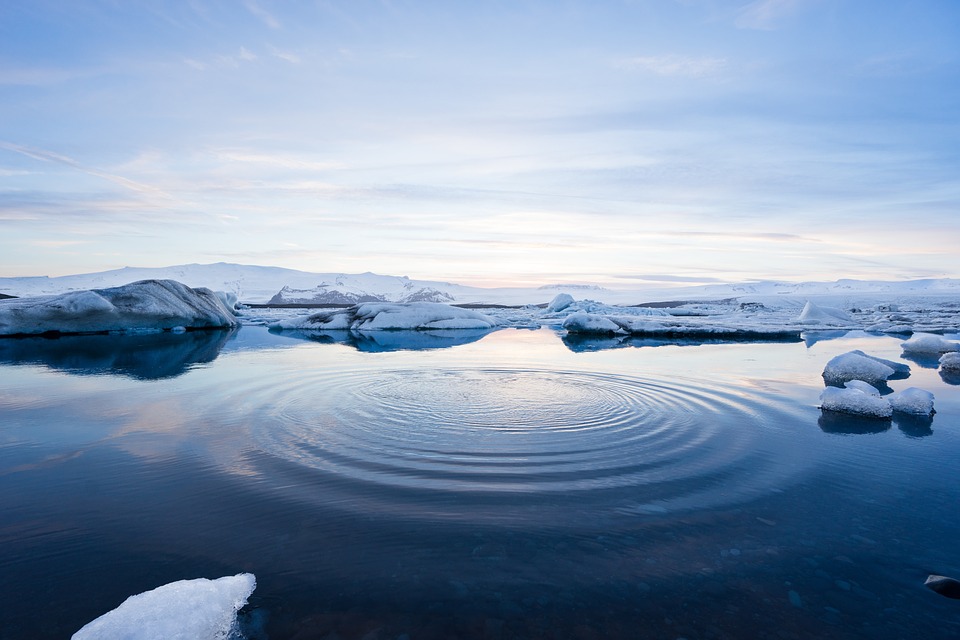By Timothy Choi
My previous post explored some of the benefits that could be accrued from establishing ports in the Arctic, not least in possibly strengthening Canada’s claim to a contested extended continental shelf if it were to reach UN arbitration.
As I noted in my last article, a state’s ability to respond to maritime security emergencies in the area in question could very well be a factor in any arbitration of continental shelf delineation. But, given Canada’s limited financial resources, what types of ports should be established?
The ideal port would have facilities for not only resupplying southern-based Canadian Coast Guard (CCG), Royal Canadian Air Force (RCAF) and Royal Canadian Navy (RCN) vessels and helicopters, but would also have year-round permanently stationed assets to ensure reliable coverage. However, this would likely be prohibitively expensive and simply unsustainable, particularly given the need for multiple such facilities throughout the Arctic. Instead, a more feasible idea would be a mix of bases and stations. The refuelling complex currently under construction at Nanisivik is a good example of a station enabling southern assets like icebreakers and the future Harry DeWolf-class Arctic Offshore Patrol Ships to extend their presence in the north. Similar stations scattered throughout the region would be crucial in the coming decades as the ice continues to retreat and the ease of access further north increases.
To keep costs down, stations that are located further away from mainstream traffic can be of less complexity. So long as a web of stations exists within sailing or flying range of any one station, each station can have a level of provisions commensurate with its expected level of traffic and their staffing presence limited to the summer sailing season. The maintenance of these stations should be made easier and more affordable by the increased reliability of automation technology.
But it will also be necessary to establish a few permanently staffed bases throughout the north, so as to ensure credible rapid response when needed. The Canadian Coast Guard Auxiliary (CCGA), and its aim of being present in every northern community, provides an excellent basis for this, but their limited equipment highlights the need for a more robust capability. Because of the vast distances involved, helicopters will be of significant importance during the initial stages of the emergency, before ships with greater equipment and capacity can arrive on scene. Such bases should be located in coastal communities to reduce the cost of resupply, as well as making it easier for CCGA members to participate. However, this requires not just more CCGA bases throughout the north, but also the vehicles.
Here, complications will likely arise – although less well-publicized compared to the RCAF’s CH-148 Cyclones, the CCGA’s recent procurement of light helicopters faced a fair amount of criticism for allegedly scripting requirements that favoured the actual outcome. Nonetheless, the Coast Guard helicopters are being delivered fairly quickly, in sharp contrast to those operated by the Canadian Armed Forces, which bodes well for a prospective new CCGA helicopters to be based out of northern ports.
As with the capabilities of the bases and stations themselves, the capabilities and availability of rescue and recovery equipment should correspond to likely scenarios. For example, given the relatively low amount of maritime traffic during winter when the sea ice is in full strength, it is likely that most maritime security issues will occur during the summer months. Thus, the need for expensive ice-breaking vessels is mitigated, though some ice-strengthening should still be incorporated to prevent holing from small free-floating “bergy bits” or “growlers.”
The successful exploitation of the Arctic Ocean as both a means of transport and as a resource will result in a relatively drastic increase in regional traffic. In summer 2016, Crystal Cruises’ 69,000-ton Crystal Serenity is scheduled to be the largest cruise ship to ever sail in Canada’s Arctic waters. Making her way from Alaska to Greenland via the Northwest Passage, she will not be sailing anywhere close to the potential area of continental shelf dispute; however, the situation will present a “best case” scenario in terms of ease of access to maritime security infrastructure. Although she will be accompanied by a support/environmental protection vessel, such an escort arrangement would not be feasible in future years where higher and/or less visible traffic may be the norm. If Canada is unable to meet even the modest demands of maritime traffic and environmental safety requirements in the relatively southern waters of the Northwest Passage, then Canada’s ability to credibly establish a safe and reliable maritime security régime in the extreme north closer to the centre of the Arctic Ocean will be further in doubt.
Canada’s inability, whether actual or perceived, to react reliably and quickly to maritime emergencies in the far north will negatively impact its chance at coming out on top in negotiations and disputes over Arctic boundaries. Although maritime security issues in the extended continental shelf region will be in high seas, and thus not the responsibility of any one country, the ability to be responsible will greatly increase Canadian seapower’s inputs and outputs, especially within the legal architecture of UNCLOS. Transportation Canada’s plan to develop an Arctic-wide governance model for port development is a commendable and solid start, but the Government of Canada needs to recognize the potential role such a model may play within the context of foreign policy objectives. It is likely that the two are complementary, but it is nonetheless worth keeping in mind that securing Canada’s claims far out in northern waters may be best accomplished from ashore.
Timothy Choi is a doctoral candidate at the Centre for Military and Strategic Studies at the University of Calgary. He specializes in historical and contemporary naval affairs, with a dissertation focus on the recent naval procurement programs of the Scandinavian countries within the context of climate change.
